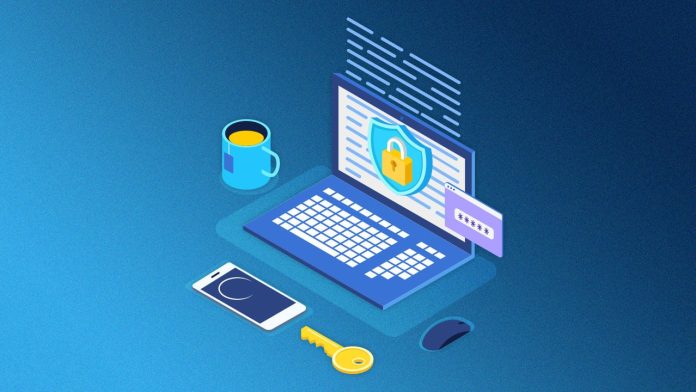
By now, most of us have recognized the importance of keeping our digital presence as secure as possible. Owners and managers realize that investing in cybersecurity proactively, and training employees to adopt and follow cybersecurity protocols, can prevent catastrophes and save thousands of dollars or more.
Unfortunately, both individuals and businesses routinely neglect a crucial facet of appropriate cybersecurity: protection of physical devices and data.
The Importance of Cybersecurity
It’s difficult to overstate just how critical cybersecurity is for most firms and their staff. Hackers aren’t necessarily technically sophisticated or even skilled; some are merely opportunistic, and look for any weak point they can find.
Thus, most organizations invest in the following security strategies:
- Passwords/credentials. Arguably the most essential practice of current cybersecurity is to protect your passwords and credentials. If someone gains access to those, they enjoy access to your account and everything connected to it. Strong passwords, and ideally a unique password for each account, as well as safely protecting them is paramount.
- User access. Organizations ought to compartmentalize access to data in order to minimize potential losses. Then, if an account is compromised, it may affect only a small portion of your data or assets.
- First lines of defense. Security measures such as firewalls and VPNs serve as the first lines of defense, and can thwart many threats if properly implemented.
- Social engineering awareness. Social engineering attacks are on the rise. Offenders take advantage of workers’ trust by masquerading as individuals from recognizable institutions (or simply asking for a seemingly innocuous favor). It’s vital for your colleagues to learn how to recognize these scams.
Although the foregoing areas constitute a solid foundation for a cybersecurity strategy, they neglect the critical area of making your physical devices secure.
How to Keep Your Physical Devices and Data Safe
Your physical devices are vulnerable. They could be stolen; they could be damaged. And if someone watches over your shoulder, that person could steal or misuse your data without your realizing it.
Fortunately, the strategies below can shield your physical devices and data from harm.
- Back up everything. Even if you execute solid precautions, physical devices are vulnerable. It’s essential to back up everything, especially if you store local files on them. That way, if they’re lost or stolen, you won’t lose everything associated with them.
- Password protect your devices. You have the option of password protecting almost any modern device, including your laptop and mobile devices. So you should enable this option and choose a strong password for all of them. Though a highly skilled hacker can still find ways to bypass this, many attempts will become totally useless and buy you time to take countermeasures. You can also take advantage of your devices’ fingerprinting capability and physical security key compatibility.
- Enable physical device safety features. Many physical devices now come with safety features that help you manage the risks. For example, you might be able to activate device tracking, so that if the device is ever lost, you can locate it.
- Keep your devices on hand. Always keep your devices with you at all times, especially in public. Don’t assume your electronic tools are safe unless you’ve verified that’s the case.
- Be wary about using devices in public. Use care when choosing to operate physical devices in public. There’s nothing wrong with working on a laptop in a cafe, or using your smartphone on public transit, but exercise caution nevertheless.
Stay aware of your surroundings and avoid the potential for strangers looking over your shoulder. Forgo public networks whenever possible. Keep your devices close to minimize the possibility that a person might snatch them from you.
- Never leave a device unattended. This should go without saying, but never leave a device unattended. If you have to use the bathroom, take the instrument with you. Even if you intend to step away for five seconds, it’s a dangerous move to leave your gadget in the open. Even if nobody grabs it, someone might gain temporary access and capture data that should be protected.
- Store devices out of sight (and preferably, with locks). If you must leave your device behind, make sure it’s stored out of sight and ideally locked up. For example, you might store a laptop in the trunk of your car and verify that your trunk cannot be opened without a key.
- Create clear company policies. Don’t assume all your employees know and adhere to every practice on this list. It’s your responsibility to design company policies that are clear and ensure everyone follows them. Excellent policies are of no value if they aren’t enforced.
A perfect security strategy does not exist. There will always be risks and vulnerabilities. However, if your company follows the strategies above, you can greatly minimize your risks and generally keep your physical devices as well as your data safe.